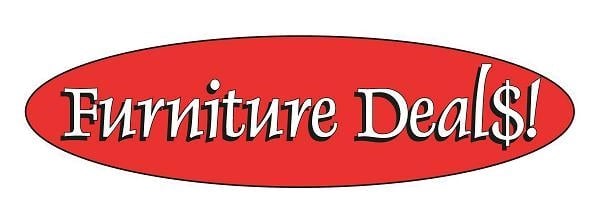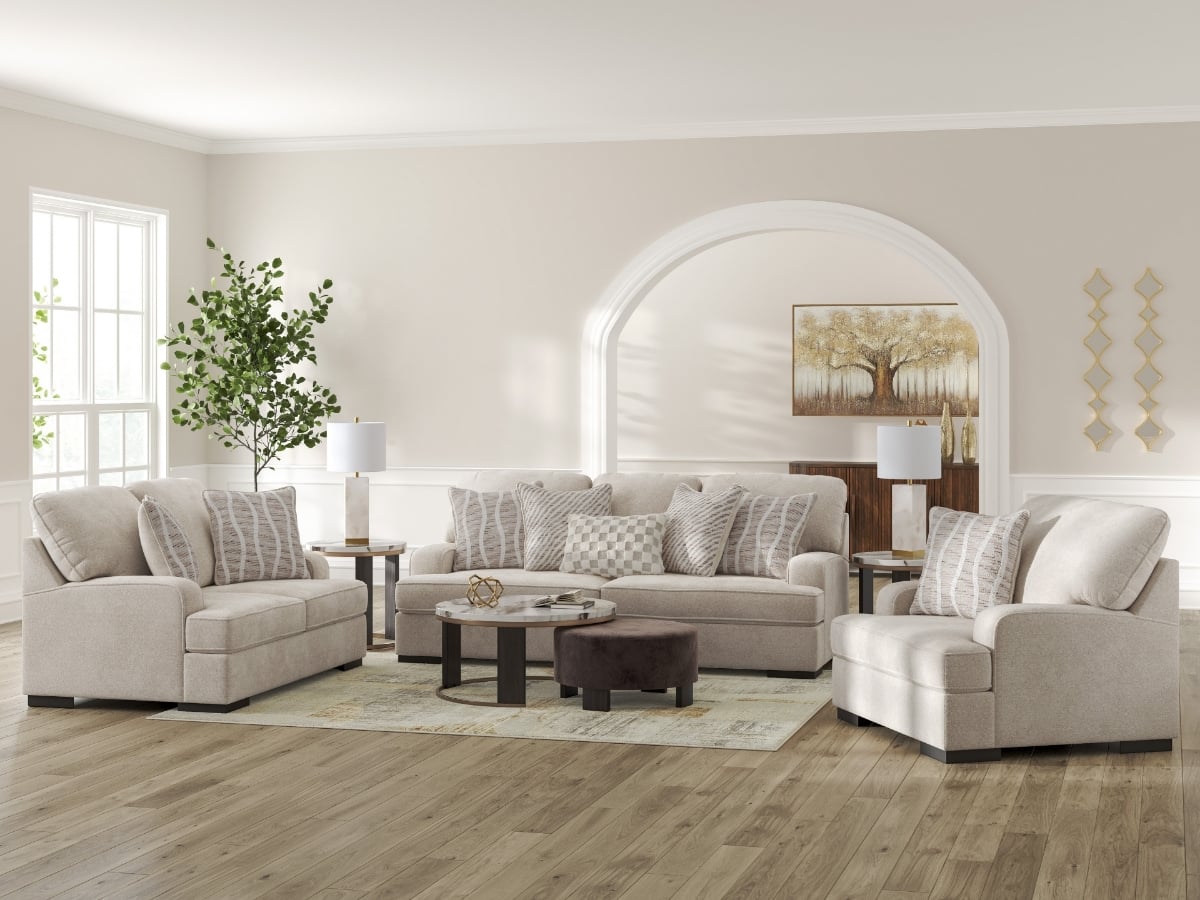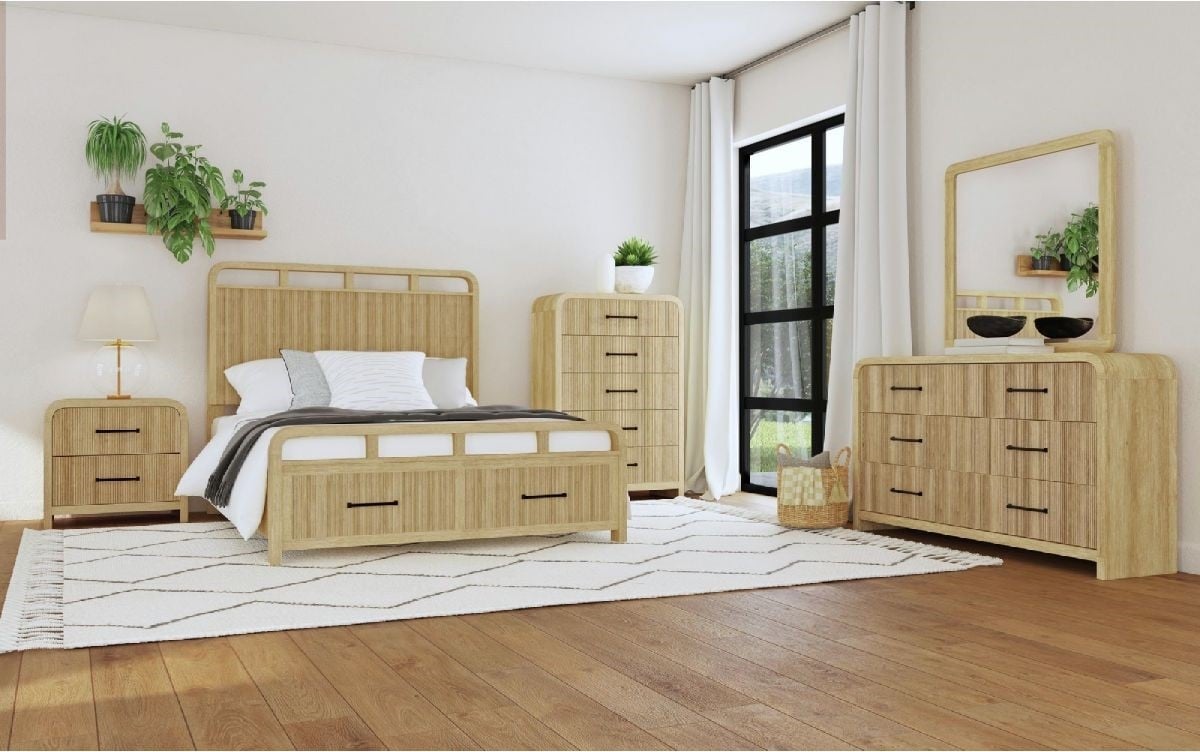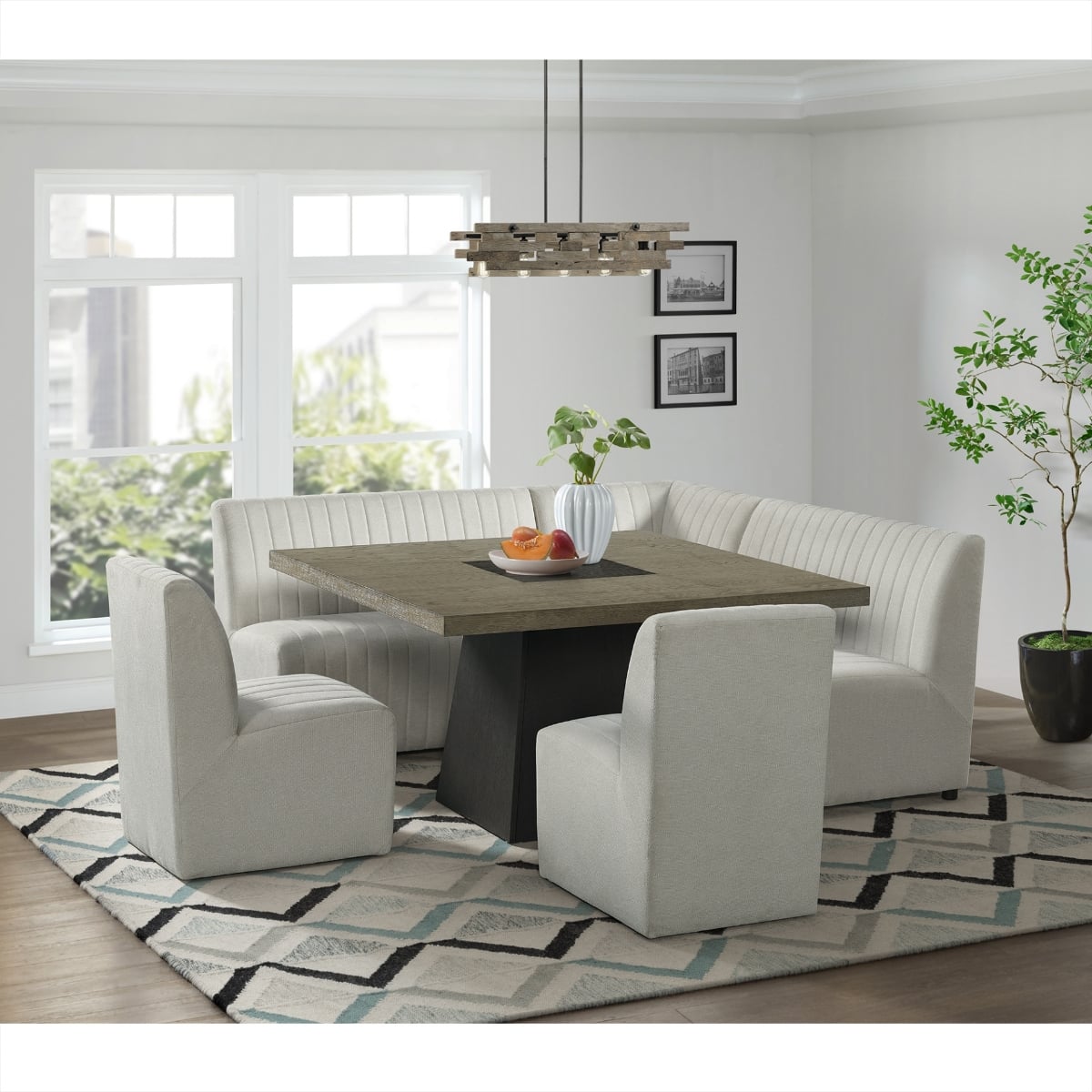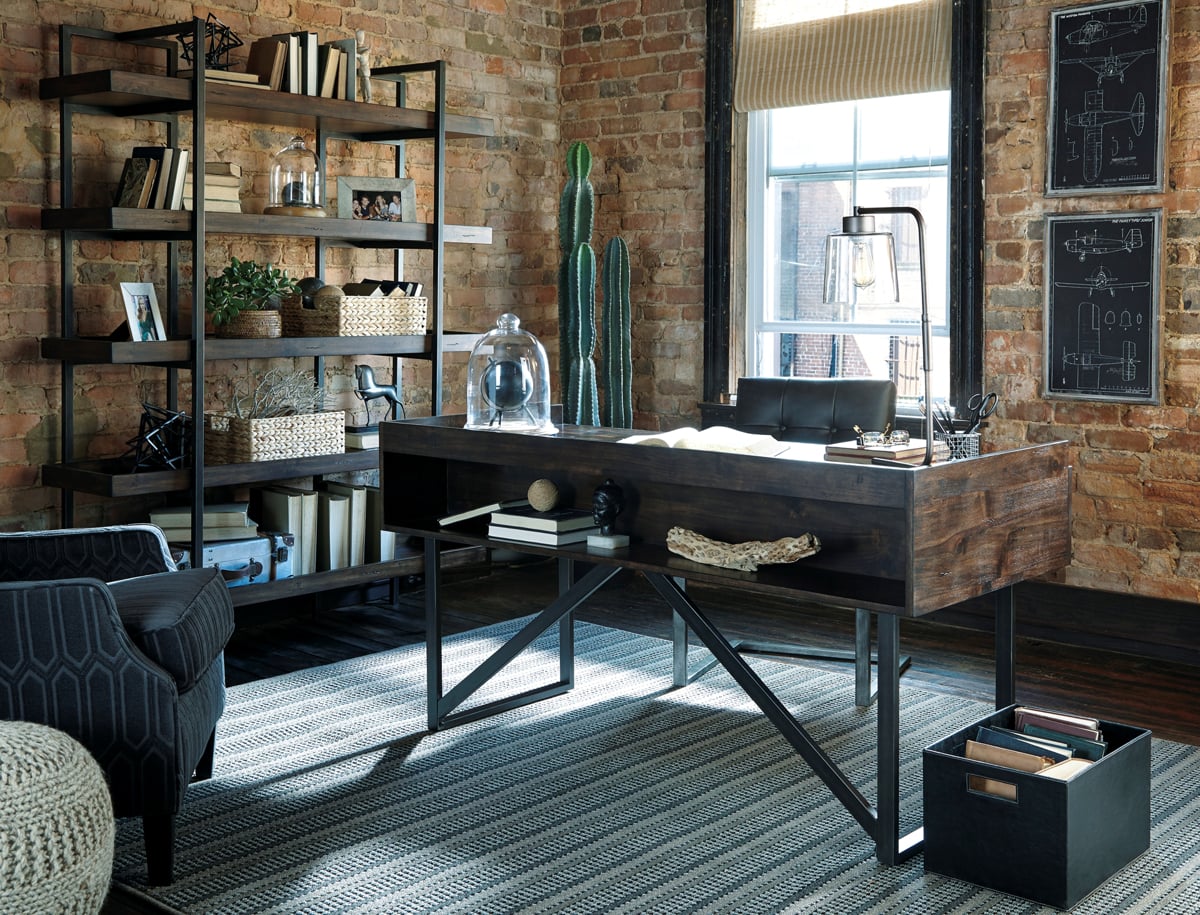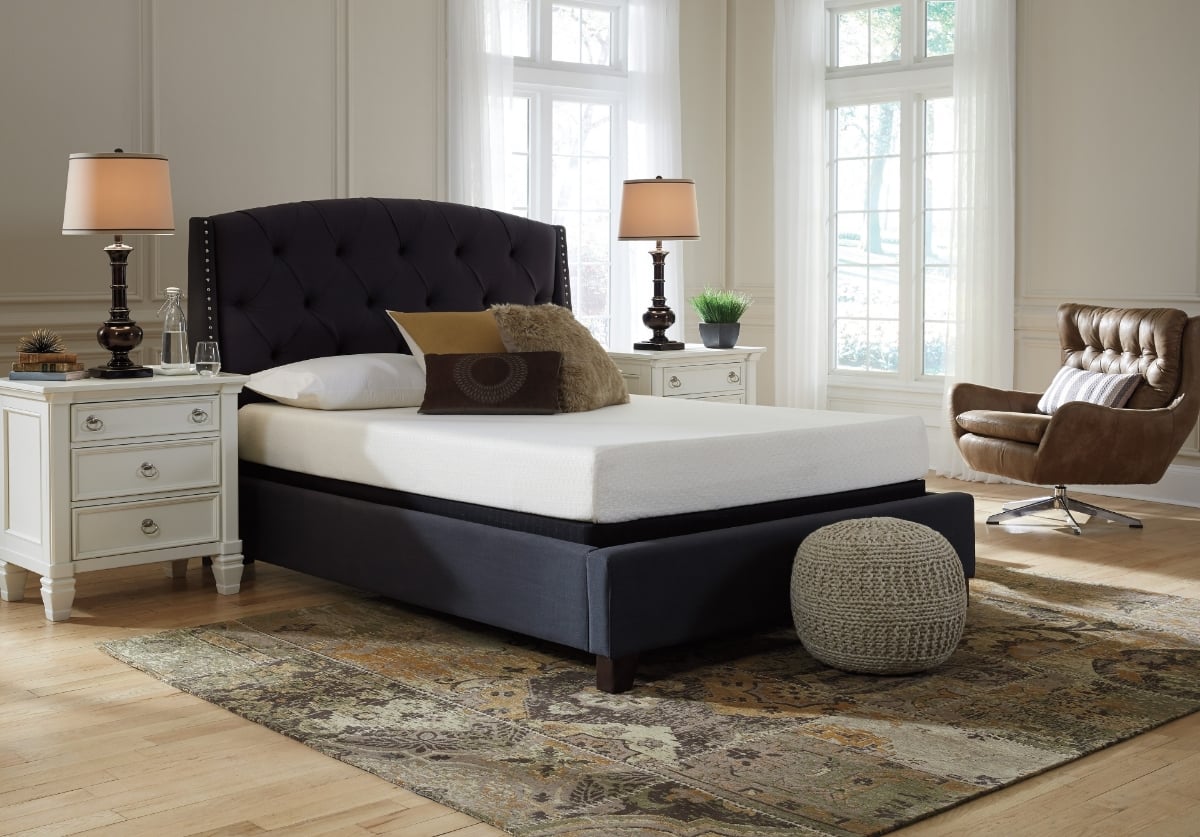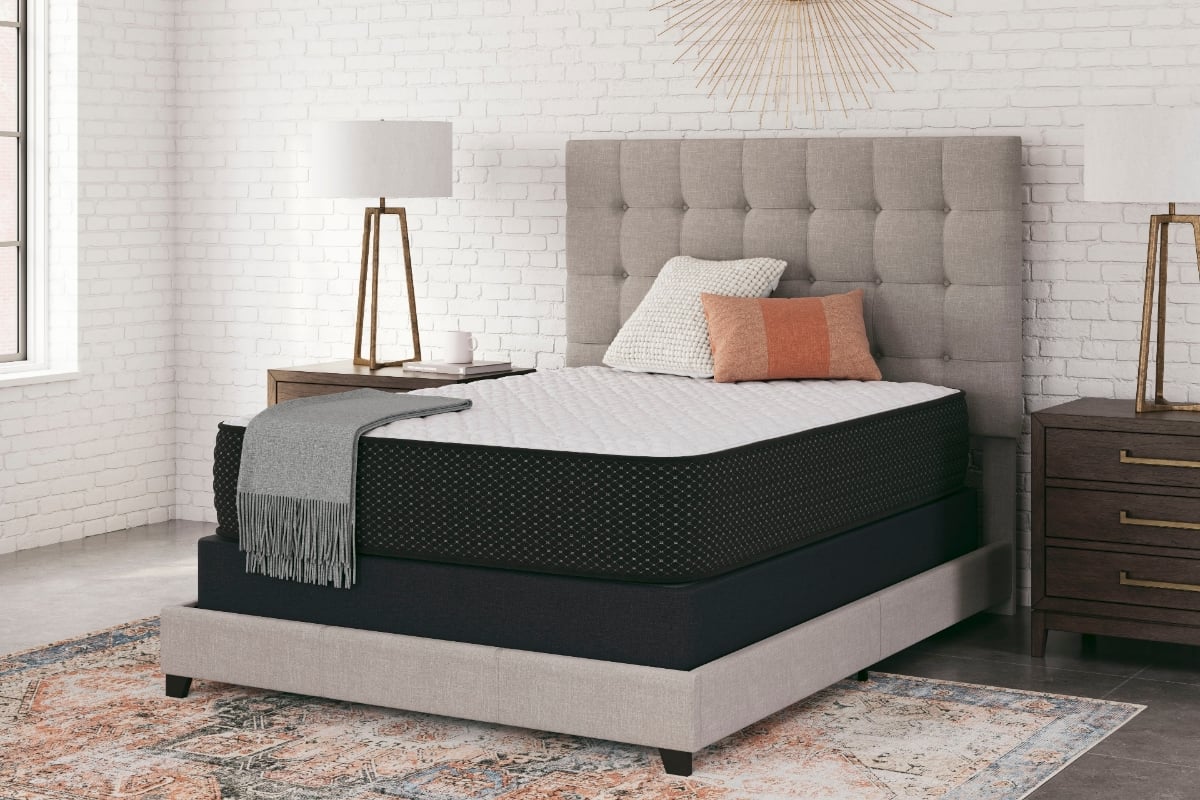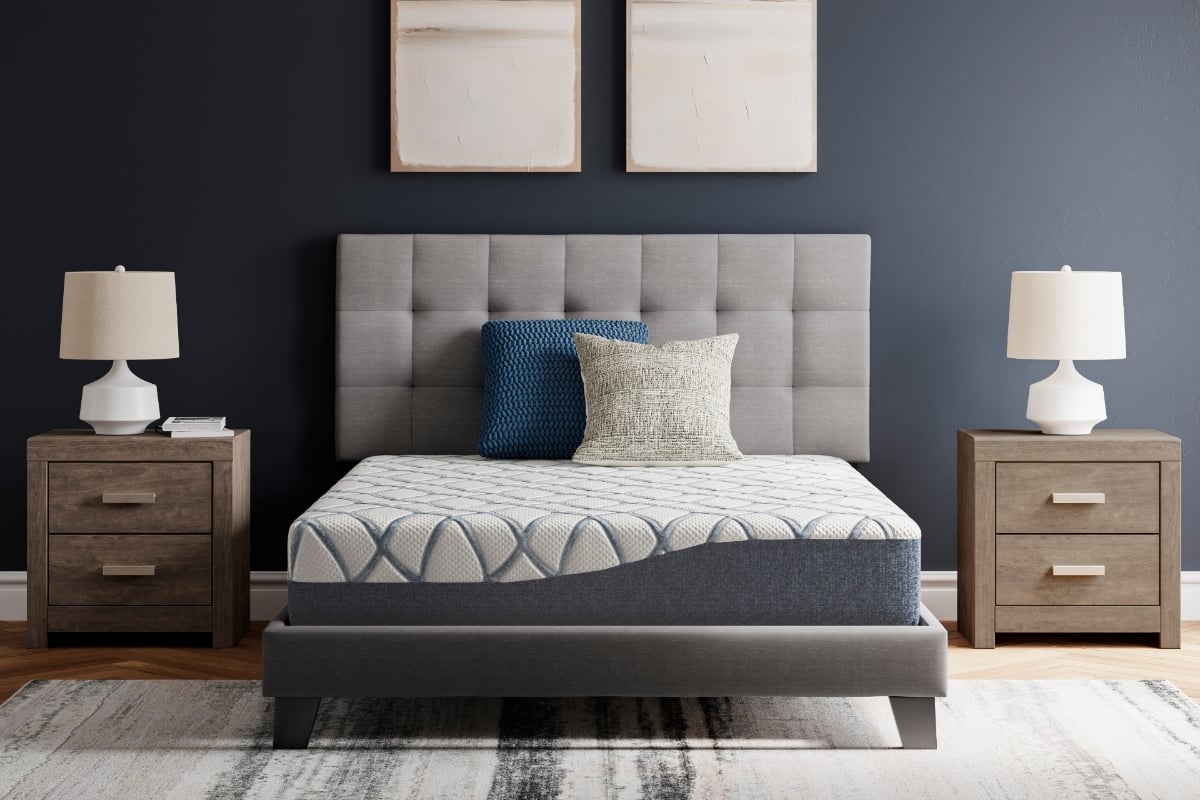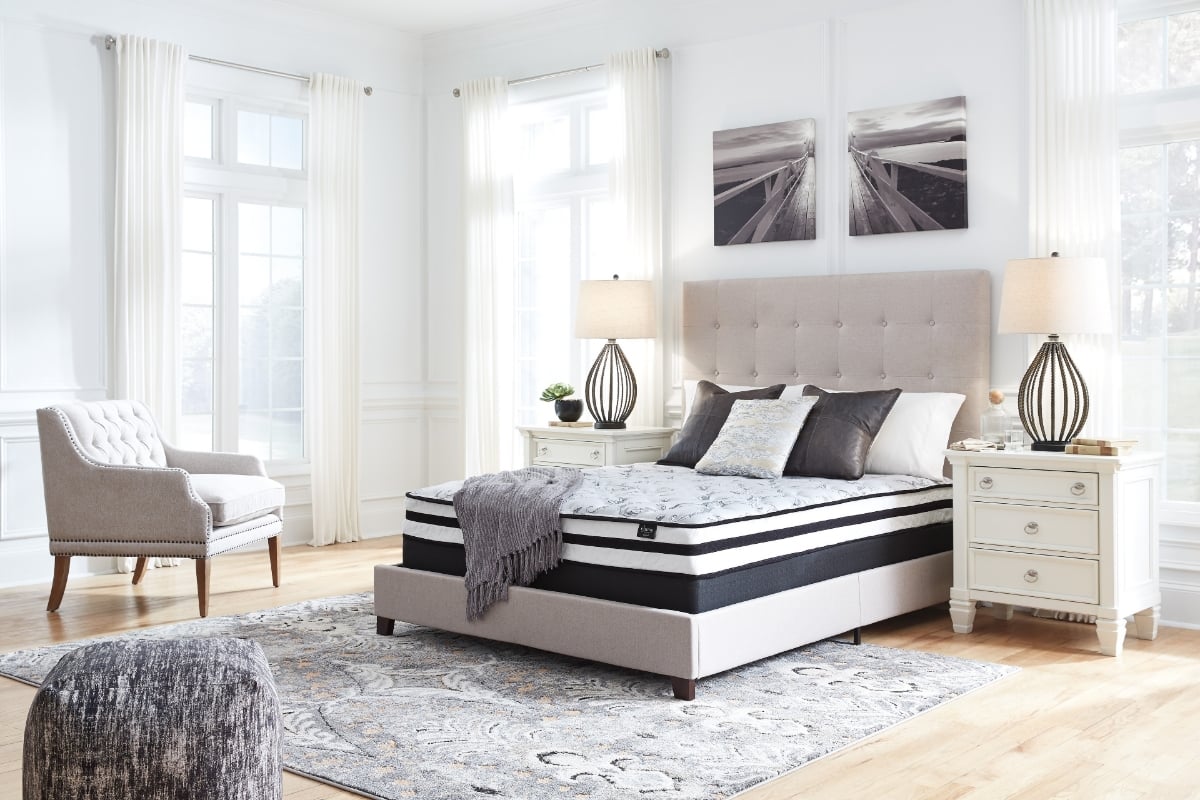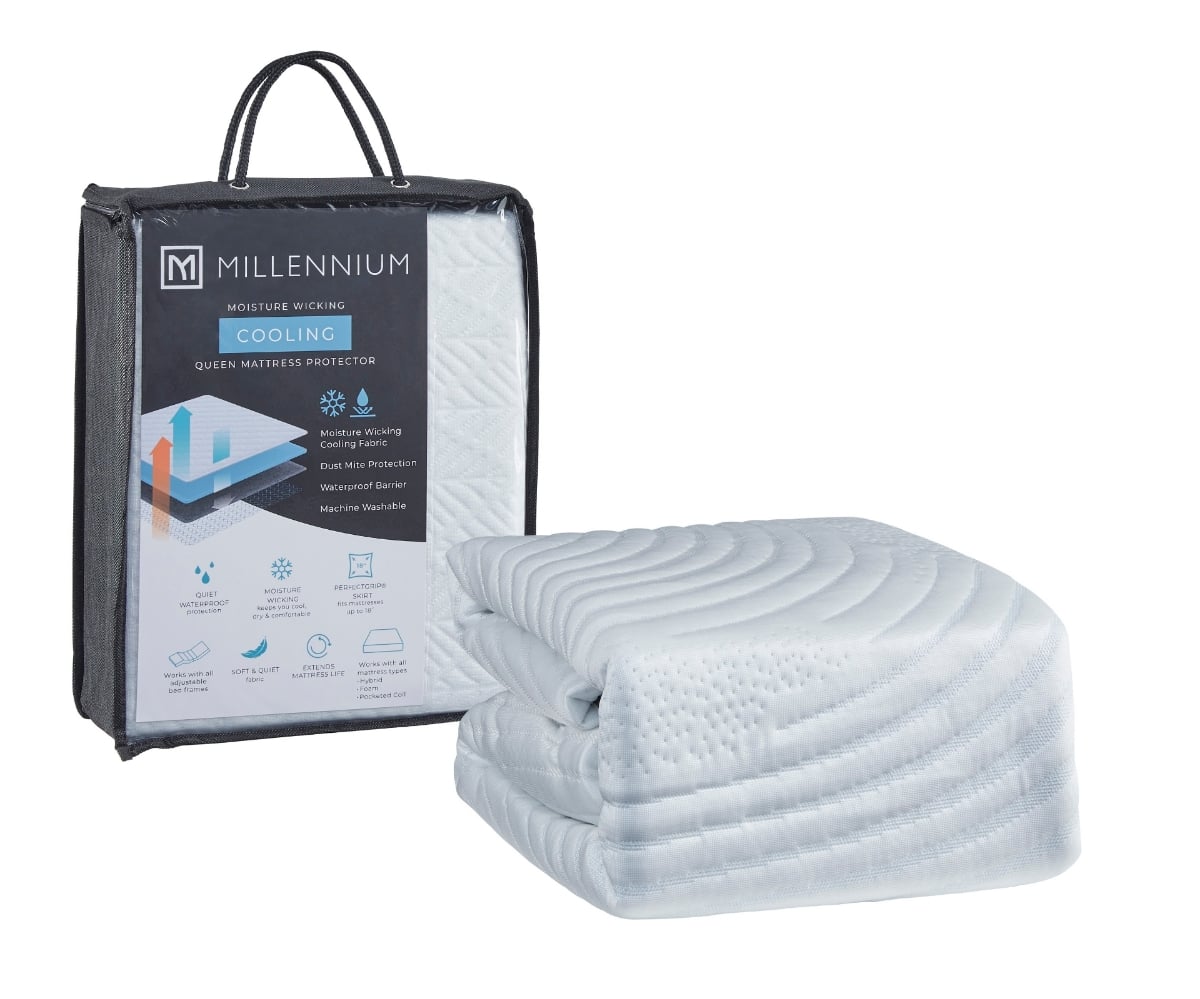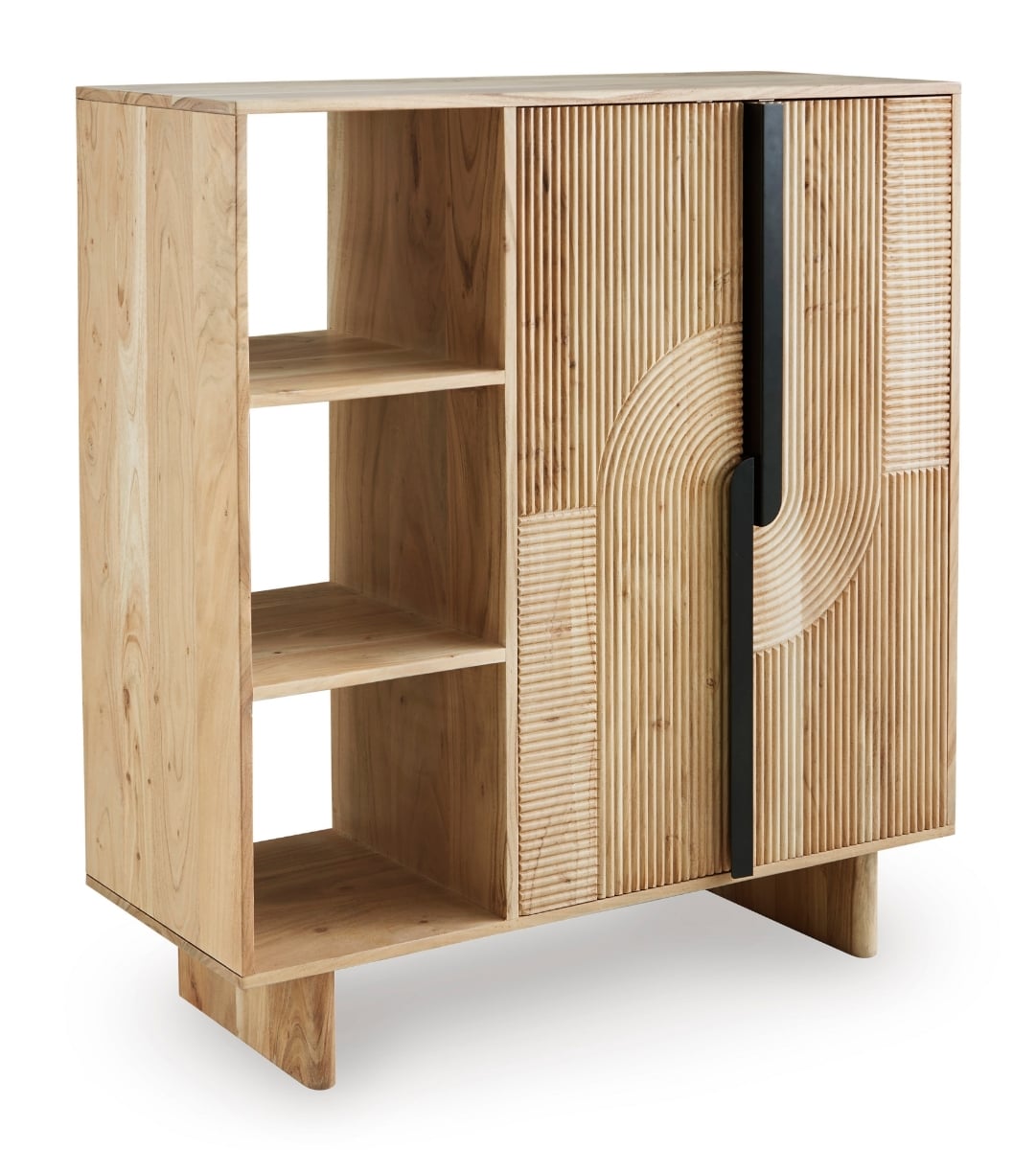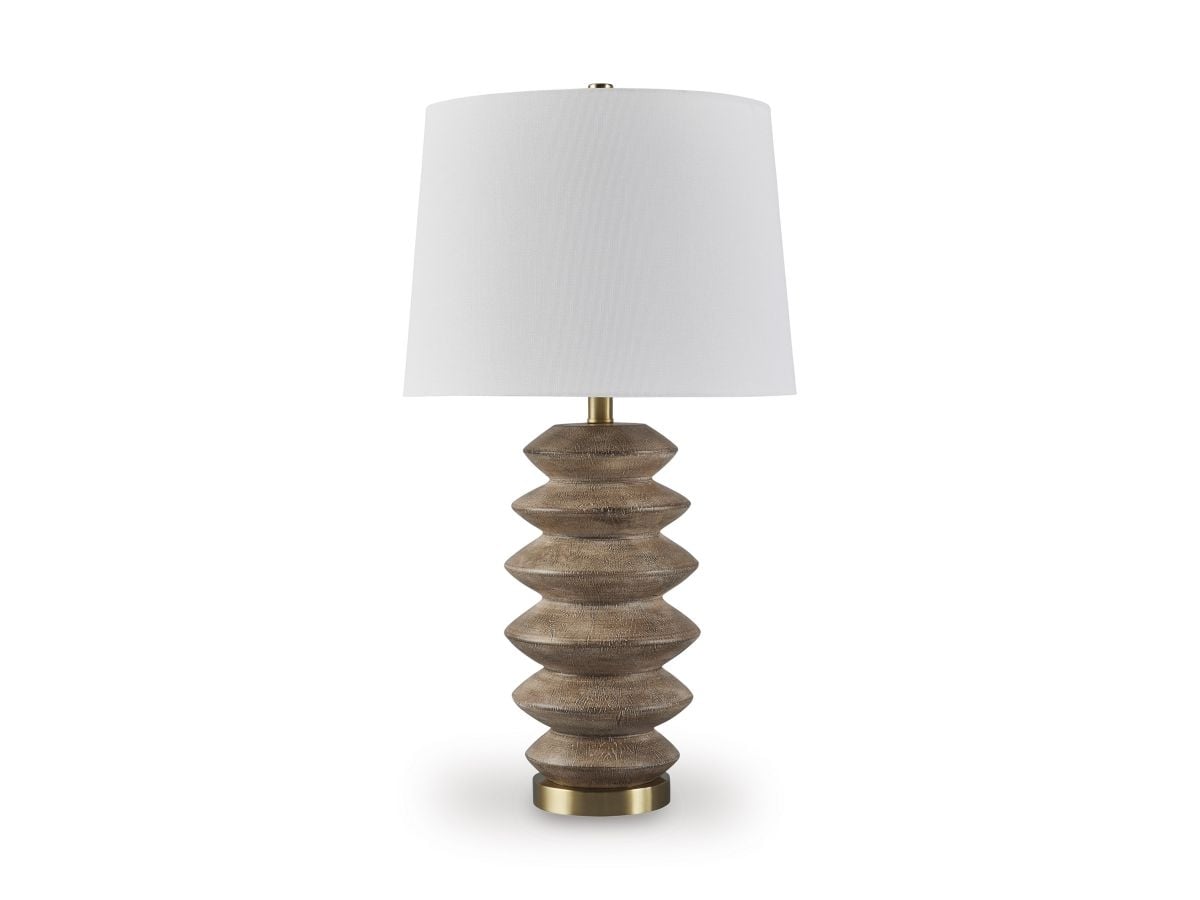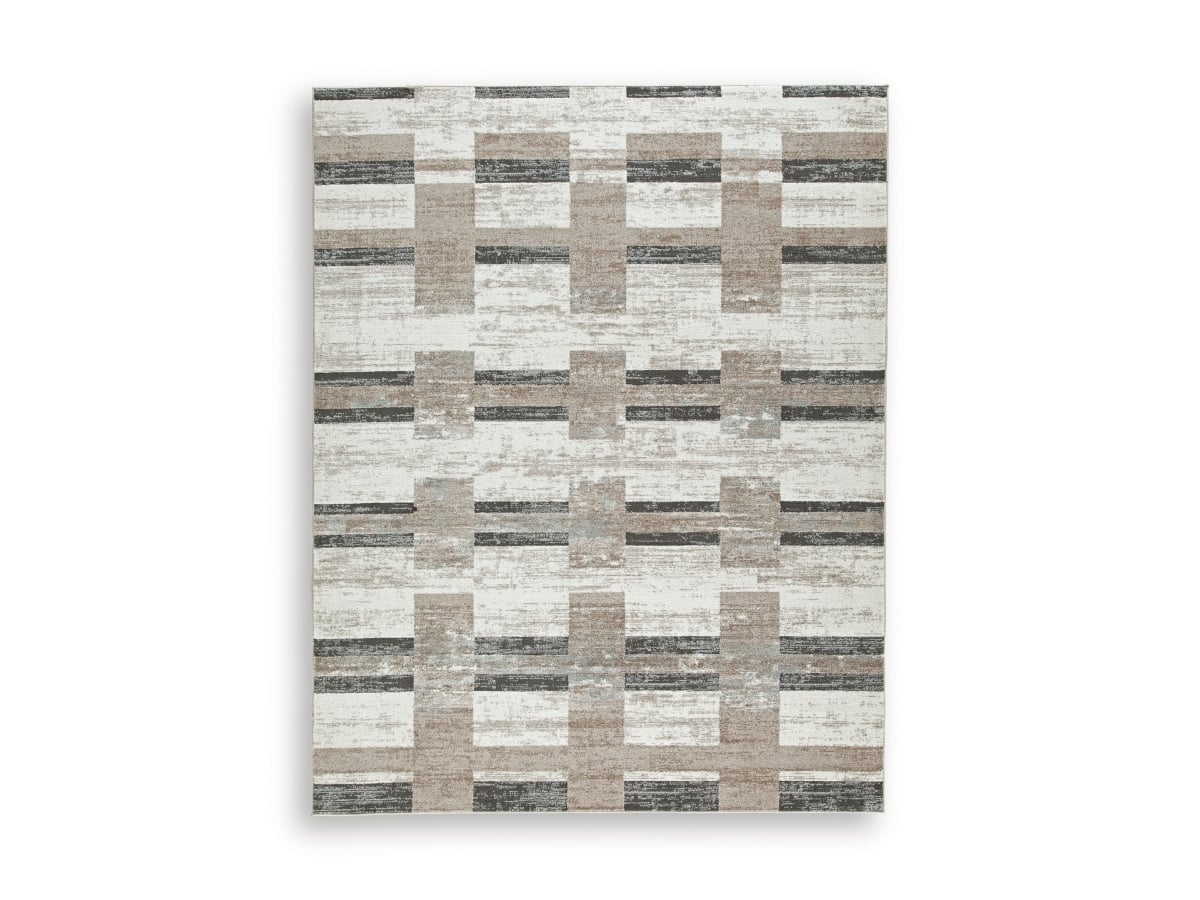Product Care & Cleaning
How to Care and Clean Your Furnishings
Now that you’ve invited us into your home, you’ll want to enjoy the furnishings for years to come. To ensure that you do, we encourage you to follow through with proper care and cleaning. This useful guide covers all types of furniture—from upholstered to painted—and mattresses and rugs.
Fabric Upholstered Furniture
We offer countless options in upholstery—from fine leather and skillfully matched manmade alternatives (faux leather), to cotton, nylon, polyester, rayon and wool blends. For your reference, our upholstered products have a tag either under one of the seat cushions or beneath the unit itself. The tag provides a universal cleaning code indicating best cleaning practices.
Universal Cleaning Codes Include:
DC Dry Clean Only
N FBR (Natural Fiber Rugs) Immediately blot spills to remove excess liquid with a clean white cloth or plain paper towel.
Blot again with a solution of one teaspoon mild detergent with one teaspoon of white vinegar in a quart of warm water. Do not saturate.
S Clean only with a dry cleaning solvent. Do not saturate. Do not use water. Pile fabrics may require brushing to restore appearance.
Cushion covers should not be removed and dry cleaned.
SW Spot clean with upholstery shampoo, foam from a mild detergent or a mild dry cleaning solvent. Do not saturate with liquid.
Pile fabrics may require brushing to restore appearance. Cushion covers should not be removed and dry cleaned.
W Clean only with water-based shampoo or foam upholstery cleaner. Do not over wet. Do not use solvents to spot clean.
Pile fabrics may require brushing to restore appearance. Cushion covers should not be removed and dry cleaned.
WS Spot clean with upholstery shampoo, foam from a mild detergent or a mild dry cleaning solvent. Do not saturate with liquid.
Pile fabrics may require brushing to restore appearance. Cushion covers should not be removed and dry cleaned.
X Do not clean with either water or solvent-based cleaner. Use vacuuming or light brushing only.
Wool Blot spills up immediately with a clean white cloth or plain paper towel.
Leather Upholstered Furniture
Leather isn’t perfect and that’s the beauty of it. All leather or “genuine” leather has natural markings, including variations of shade and tone, as well as nicks, scratches and wrinkles—characteristics that distinguish it from manmade materials.
Expect that some marks will appear on the surface of your leather. Their origin might be anything from healed scars and barbed wire scratches, to skin “stretch marks” and insect bites. By no means should they be considered a defect; nor will they affect the durability or construction of your piece. Such “imperfections” are your assurance that you have a true leather hide.
Also keep in mind, grain patterns and coloring of leather will vary from hide to hide and also within the same hide, making leather all the more interesting and unique.
How to Care for Leather:
- Dust often and use a vacuum cleaner crevice tool to clean seams.
- Clean weekly using a damp sponge or soft, lint-free cloth. Do not rub; instead, wipe gently.
- Do not use or place sharp objects on leather goods. Leather is very durable; however, it is not accident or damage proof.
- Keep leather furniture out of direct sunlight and at least two feet from heat sources to avoid fading and cracking.
- Do not place newspapers or magazines on leather furniture. The ink from these items may be transferred onto the leather.
- Do not use abrasives; harsh chemicals; saddle soap; leather cleaners that contain any oils, soaps or detergents; or common household cleaners on leather furniture. Only use recommended leather cleaners.
- Follow instructions for any gentle leather cleaner you might use. Additionally, leather conditioners provide a barrier to stains and help extend the life of your leather. Before using any cleaning/conditioning product on leather, test it in an obscure area.
- Improper cleaning may void your leather furniture warranty.
How to Remove Spots, Spills and Stains from Leather:
Water Spots:
A water spot can be removed by wiping the entire area seam to seam with a damp cloth so there is no “demarcation point” on the leather and the leather can dry uniformly.
Pet Urine Stains:
We recommend “Natures Miracle" available in pet stores for removing pet urine stains and neutralizing the area. Follow product directions on the product. Please note that anytime you are “washing” or cleaning leather you must do the entire cushion, seam to seam, edge to edge, so as not to end up with a water stain. If leather can dry evenly there is no "demarcation point.”
Ink Stains:
Ink remover sticks are effective in removing or reducing noticeable ink markings from most leathers.
Oil/Food Grease Stains:
Small oil stains can be treated and successfully removed if addressed immediately. Rub corn starch briskly into the stain with your fingers until the heat from the friction is felt. That heat loosens the oil and allows the corn starch to absorb the oil before the leather can. Vacuum or brush the powder off. Repeat until the stain is gone.
Water Stains:
What does it take to clean water stains? Clean water. Should you have a “ring” or demarcation from glass condensation from a glass, soak a new sponge with room temperature water; wring sponge as much as possible. Starting at the spot, dampen the leather and move the sponge to the edges of the cushion. Allow moisture to become less and less as you get further from the spot. Don’t scrub, just wipe.
Wood Furniture
Whether you have an all-wood piece of furniture or a furnishing made of a mix of wood, manmade wood and wood veneer, you want to protect it from damage, maintain its perfect finish and keep it looking beautiful for years to come. Here are some tips to help you do that.
How to Care for Wood Furniture:
- Use a lint-free cloth to polish wood furniture on a weekly basis.
- Keep furniture away from heating and air conditioning sources to prevent loss of moisture; and avoid direct sunlight to prevent fading or darkening of wood.
- Use felt backing on lamps and other accessories to prevent scratches and gouges, and rotate accessories so they do not remain in the same spot all the time.
- Use placemats under plates and hot pads under serving dishes and coasters under beverages.
- Do not place newspapers or magazines on woods surfaces. The ink from these items may bleed into the finish and could damage the wood.
- Do not use abrasives or harsh chemicals on wood furniture.
- Should you scratch your furniture: Touch up crayons and markers are available at local hardware and home improvement stores in a variety of color packs. These types of crayons and markers are made especially for furniture and work well touching up most areas.
How to Spot Clean Wood Furniture:
- To remove food stains, wipe up the spill immediately. Polish with a soft, clean cloth.
- To remove cloudiness, rub surface with cloth dipped in solution of one tablespoon of vinegar mixed with one quart of water. Rub in the same direction as the grain until surface is completely dry.
- To remove water rings, rub with a mixture of equal parts white vinegar and cooking oil in the same direction of the grain.
- To remove candle wax or chewing gum, hold an ice cube over the wax or gum for a few seconds so that it will chill and harden. Be sure to wipe up water as the ice melts to prevent water spots. Remove as much of the wax or gum as possible with your fingers and then scrape away the remainder gently using the dull edge of a table knife. Rub the spot briskly with a cloth saturated in cream wax. Repeat if needed.
Glass Furniture
Nothing opens up a room like the beauty and transparency of glass. Of course, you’re so careful not to break it. But you don’t want to dull it or scratch it, either. A few simple steps can clearly go a long way.
How to Care for Glass Furniture:
- Do not slide rough objects across glass. This can cause permanent scratches to the surface.
- Do not use abrasive cleaners on glass, which may cause scratches.
- Do not clean glass without gently removing excessive dirt and debris first, so as not to scratch the surface.
- To clean glass, choose a non-abrasive commercial glass cleaner, or use warm water and a soft, lint free cloth. Wring out excess water and wipe surface. Dry immediately with a dry lint-free cloth.
Metal Furniture
Whether to inject a rustic element or give a piece of furniture a modern, industrial air, we incorporate metal in our furniture in so many ways. Much of the metal you’ll find is powder-coated, resulting in a smooth, even surface.
How to Care and Clean Metal Furniture:
- When it comes to cleaning metal, less is more. Simply dusting regularly with a clean, dry cloth will generally do the trick.
- Do not use harsh chemicals or abrasive cleaners on metal finishes, as they can be quite damaging.
- Note: iron or steel frames can rust if exposed to excessive humidity, particularly in saltwater locations.
Painted Furniture
Colorful and unique, hand-painted furniture is a great way to express your individual style. It’s important to place these furnishings out of direct sunlight so the color and vibrancy of the painted finish remains fresh and crisp.
How to Care and Clean Painted Furniture
- Dust or wipe clean with a cloth dampened with water once a week. Be sure not to leave water spots on the surface. These water spots will dry and could possibly leave permanent marks.
- Do not use harsh chemicals or abrasive cleaners on painted finishes, as they can be quite damaging.
- Clean stains/spots using the following steps:
- Dampen a soft cloth with a mixture of hot water and liquid dishwashing detergent. Wring the cloth as much as possible to remove excess liquid. Rub the surface lightly in a circular motion. Dry the surface immediately with a clean, soft towel.
Marble, Slate and Natural Stone Furniture
Natural stone such as marble and slate brings an earthy, organic element into a space. They’re universally loved for their one-of-a-kind quality. From piece to piece, and even on a single quarried slab, there will be certain color variations. Stone surfaces will have pits and fissures that appear as cracks. They result from immense heat and pressure, which formed the stone eons ago. These characteristics do not impair function or durability; rather they add to the beauty. And while marble, slate and natural stone are certainly quite durable, by no means should be treated as indestructible.
How to Care for Marble and Slate
- For general cleaning: dip sponge or clean cloth into warm water with a few drops of mild dishwashing liquid; wring out as much liquid as possible, wipe and immediately dry surface (using a second dry cloth). You may also opt for a marble clean for deeper cleaning.
- Use coasters under glasses, especially if they contain alcohol or citrus juices; use placemats under china, ceramics, silver or other objects that may scratch the stone surface.
- Do not use vinegar, bleach, lemon, ammonia, general-purpose cleaners or abrasive cleaning agents (e.g., Comet).
- Do not use cleaners that contain acid such as bathroom cleaners, grout cleaners or tub and tile cleaners.
- Do not use alkaline cleaners not specifically formulated for natural stone.
- Don’t leave pools of water on marble surface, as this could end up leaving a stain.
- Professional refinishing is recommended to remove etch marks and restore the stone's natural finish.
How to Spot Clean Marble, Stone
Liquid Spills: Blot away the excess liquid with a clean, dry, white cloth; turning the cloth frequently. Spray the area with a marble cleaner or warm water and wipe.
Food Spills: Remove food with a non-abrasive item such as a plastic spoon. Blot with dry, white cloth. Spray the area with a marble cleaner and wipe.
Rugs
How to care for your rug? That depends on what it’s made of. Some rugs are fine to spot clean. Others, such as our polypropylene or wool rugs, should be dry cleaned only. So please check the cleaning instructions on the corner tag located beneath your rug for best results.
How to Care for Rugs:
- Vacuum your rug regularly on the lowest-level suction, avoiding the fringe trim to prevent accidental fraying.
- Rotate the rug on a regular basis to evenly distribute wear.
- If possible, professionally clean your rug once a year to remove stains.
How to Spot Clean Rugs:
- First, check the cleaning instructions tag on the bottom of your rug to make sure it can be spot cleaned.
- If a spill occurs, blot with a clean, absorbent white cloth. Do not rub. Many stains can be gently removed by using club soda and a small amount of carpet cleaning detergent.
- To remove candle wax, place a blotter or brown paper bag over the spot. Place a hot iron over the blotter (move constantly and do not let the iron stay in one place). Wait a few minutes until the wax is absorbed into the blotter. Repeat if necessary.
- To remove chewing gum, press ice cubes against the spot. Wait until the gum becomes brittle and easily breaks off. Use a spot remover to vanish last traces of gum. Saturate the spot with cloth soaked in vinegar or alcohol.
- To remove ink, saturate the spot with hairspray. Allow it to dry. Blot lightly with a solution of water diluted with vinegar.
Mattresses
Rest easy with the fact that your mattress doesn’t require much care and maintenance. For starters, almost all mattresses are designed to be no flip—now isn’t that a relief!
How to Care for Your Mattress
- To help keep your mattress clean, a thin mattress protector is recommended so it breathes to allow air flow and heat dissipation. We do not recommend you use a quilted mattress pad as it will change the feel of the mattress you selected at the store. It may also trap heat that needs to escape.
- Don’t use dry cleaning fluid of any type on your mattress. These chemicals could damage some of the comfort and upholstery materials.
- Vacuuming is the only recommended cleaning method. If you must clean a stain, use mild soap with cold water and apply lightly, allowing the mattress time to fully air dry.
- Please remind the kids not to jump on their mattress, as doing so can break down the inner construction and materials.
